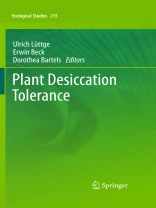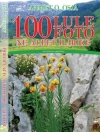Desiccation tolerance was essential when plants first began to conquer land, roughly 400 million years ago. While most desiccation-tolerant plants belong to basal phylogenetic taxa, this capacity has also evolved among some vascular plant species.
In this volume renowned experts treat plant desiccation tolerance at the organismic as well as at the cellular level. The diversity of ecophysiological adaptations and acclimations of cyanobacteria, eukaryotic algae, mosses, and lich...
Mục lục
Introduction.- Cyanobacteria: Habitats and Species.- Cyanobacteria: Multiple Stresses, Desiccation Tolerant Photosynthesis and Di-nitrogen Fixation.- Eucaryotic Algae.- Li...
Mua cuốn sách điện tử này và nhận thêm 1 cuốn MIỄN PHÍ!
Ngôn ngữ Anh ● định dạng PDF ● Trang 386 ● ISBN 9783642191060 ● Kích thước tập tin 8.4 MB ● Biên tập viên Ulrich Lüttge & Erwin Beck ● Nhà xuất bản Springer Berlin ● Thành phố Heidelberg ● Quốc gia DE ● Được phát hành 2011 ● Có thể tải xuống 24 tháng ● Tiền tệ EUR ● TÔI 2441882 ● Sao chép bảo vệ DRM xã hội












